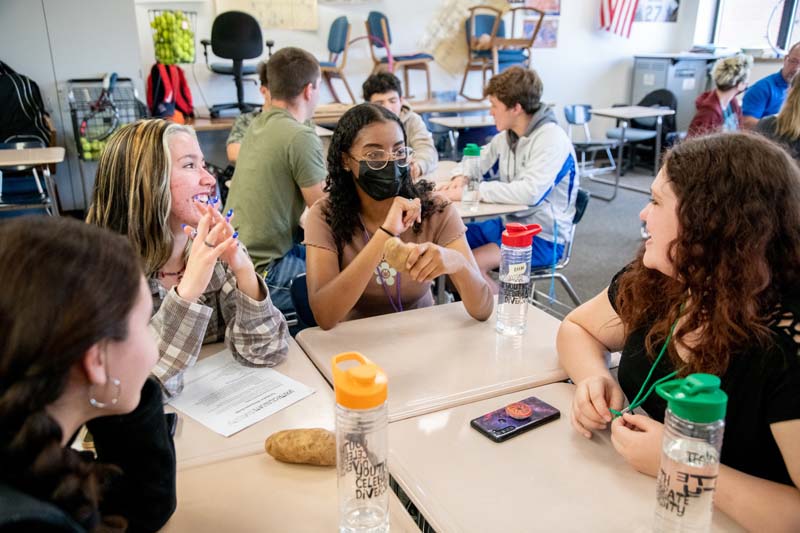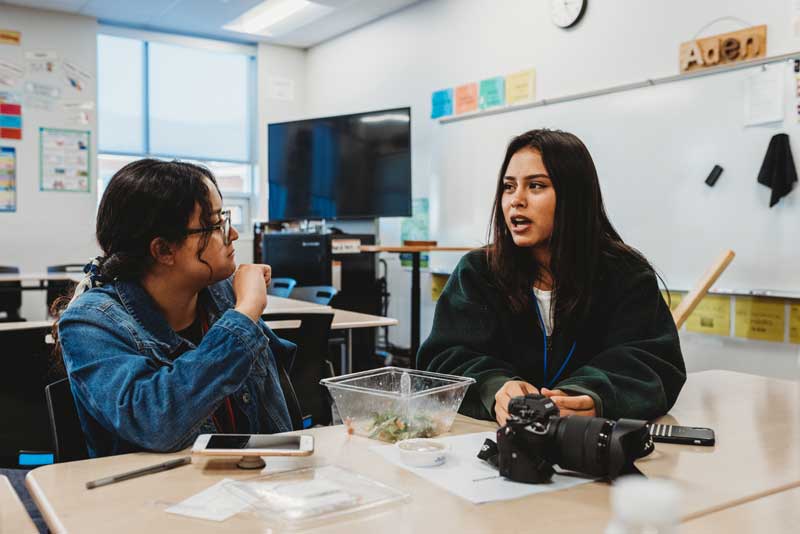We provide young people with training and tools to build coalitions, call out injustice, and actively work for positive social change.
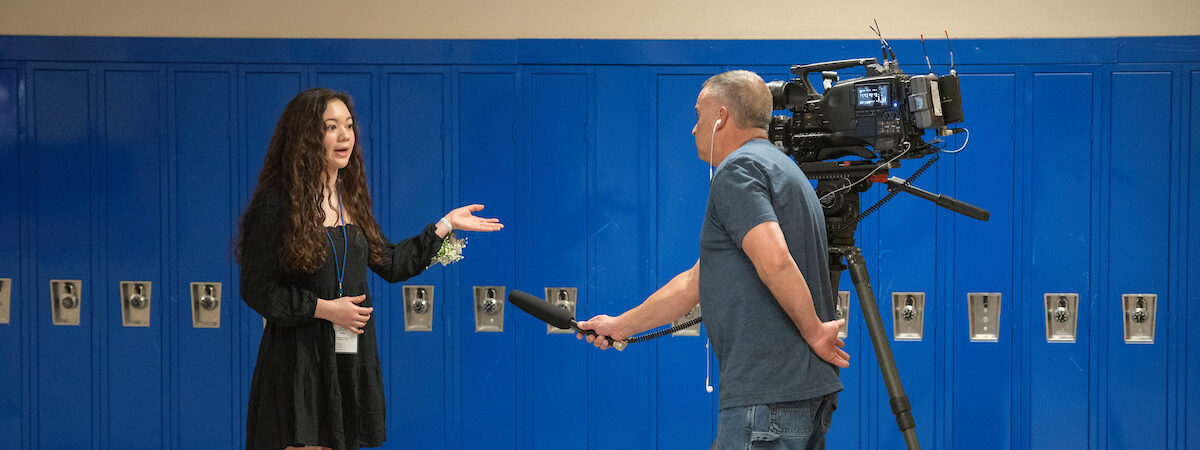
Jump to a section:
Important Activism Terms
- Activism: an intentional action with the goal of bringing about social change. (Amherst College)
- Activist: a person who diligently and repeatedly tries to achieve some social, economic, or political objective, especially by participation in protest, pressure, organizing, or resistance. (Sharp’s Dictionary of Power and Struggle: Language of Civil Resistance in Conflicts)
- Advocacy (or lobbying): organized initiatives that seek to change laws or rules, often by talking to or influencing decision-makers such as elected officials, or in the case of education, a principal or school board.
- Saviorism: a character (in books or film) or person that “rescues” the marginalized from their oppression (learn more about saviorism in this video from OnlyBlackGirl)
- Coalition: a group of individuals and/or organizations with a common interest who agree to work together toward a common goal. (Community Tool Box)
Keys to Becoming and Being an Activist
Anyone can be an activist — you don’t need to pass a test or get a membership card! However, there are some important guidelines and distinctions to remember about what makes an effective activist. We feel Lindy’s article on Medium makes some good points:
- An activist tries to directly influence social change by taking action, beyond raising awareness.
- An activist is educated on their cause.
- An activist is open to discussion and dialogue.
- An activist doesn’t have to advocate for a big cause to be an activist.
These are just the highlights, so read Lindy’s full article before you dive in.
A word of caution: being an effective activist includes learning about the other groups who have already been working on the issue you care about, and finding ways to support or integrate your work where possible. Don’t be the new person who joins the movement, steals the limelight and disregards the work of those who have already been there. If you truly care about your cause, you will find ways to collaborate with and support others who have the same passion and mission.
Long story short: identify a cause or injustice you care about; become educated on that issue; find allies and accomplices in the community; and take action! It’s that simple.
Youth Activists Who Inspire Us
Here’s a list of students and youth (age 22 and younger) who are leading activism today, whether on the local or national level. They inspire and inform our work. Follow them on social media, or seek out opportunities to hear them speak to dig deeper on these issues.
YCD Workshops on Student Activism
YCD has a curated library of over 60 workshop guides on every aspect of inclusion and justice work for middle and high school youth to explore in their own youth-led club or group — with new workshops being published every month. These guides can also be used by educators as part of their in-school curriculum, where interested.
Below is a free sample workshop created by YCD on the topic of activism, available for anyone to use and download.
Bystanders vs. Upstanders
When you witness an oppressive incident, will you be a bystander or an upstander? Students will learn about the role of an upstander and the value of being an upstander vs. a bystander.
Other topics available as downloadable workshop guides or offered at YCD conferences/events include:
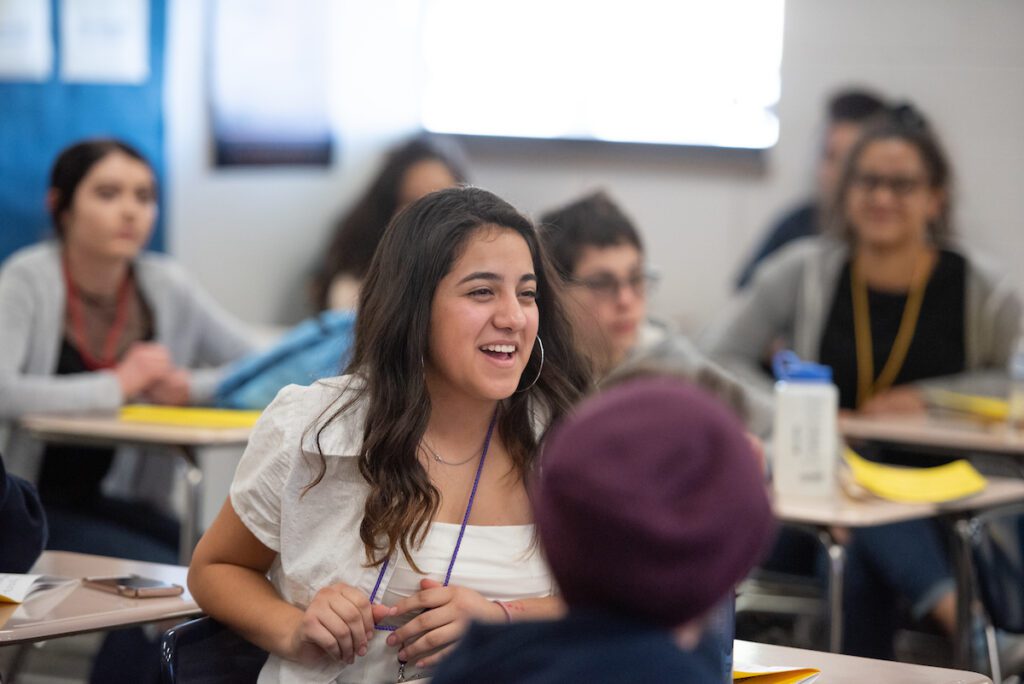
What is My Activism?
What does it mean to be an activist? How can young people join an existing movement and build collective power? Explore these and related topics through this activity.
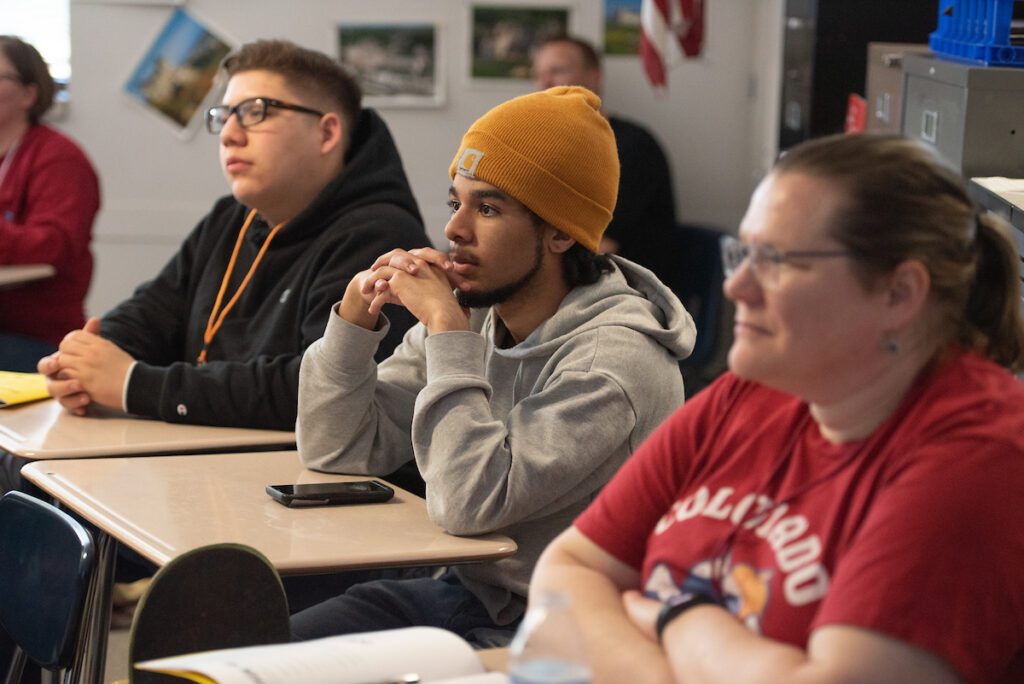
From Slacktivism to Activism
Student leaders will engage with each other about leadership, social media activism and traditional activism, how they work together and what has been the most impactful. Students attendees will share their experiences, gain ideas from others and identify ways they can engage in activism to challenge issues and promote social justice in their communities.
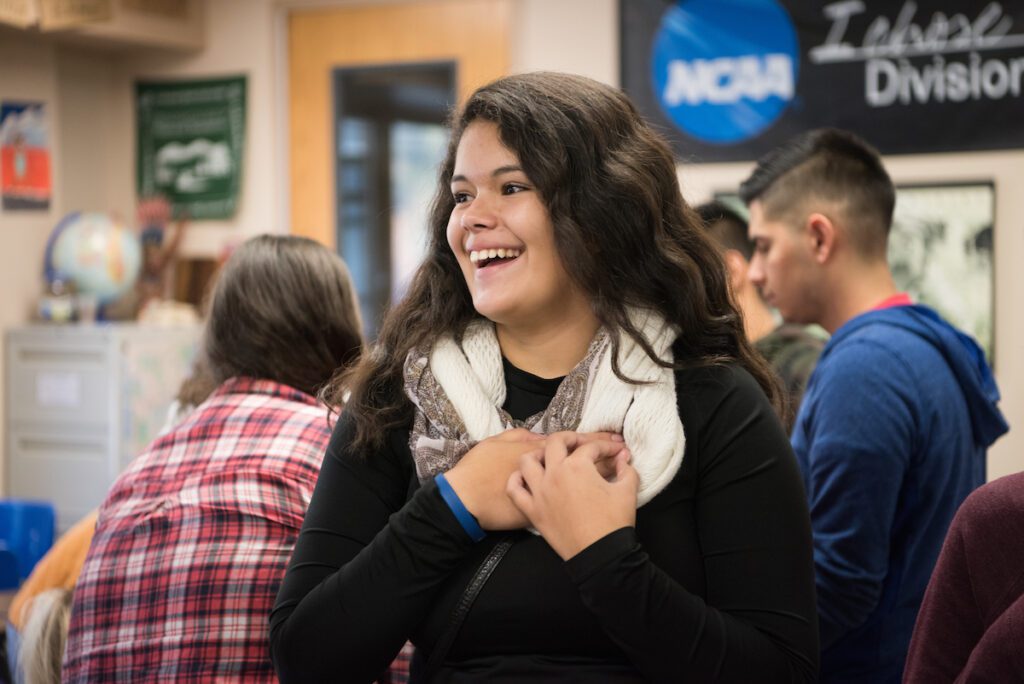
Know Your Rights: Students’ Rights
All people in the United States enjoy the same constitutional protections, regardless of nationality, religion, immigration status, sexual identity, disability and gender. The best way to protect your rights is to know your rights. In this workshop, we share information on students’ rights related to free speech, dress codes, privacy, LGBTQ rights, and immigrants’ rights. We’ll also cover what to do if your school violates these protections.
To experience these workshops, YCD events, and much more, start or join a YCD chapter!
Videos to Explore Student Activism
How to be a Youth Activist
What does it mean to be an activist, especially if you’re still in high school? In this video, a student from YCD’s Student Virtual Board interviews Tay Anderson, Director of the Denver Public Schools Board, and Amy Brown from BLM5280, to explore this topic and discuss why speaking out against injustice is so important in 2020 and beyond.
How to Start (or Improve) a Youth-Led Inclusion and Justice Club
Whether you are a student or educator, whether you are just starting a club or group or have an existing one — YCD provides a helpful series of exercises and ideas so your group can organize, find resources, and create an action project to advance inclusion and justice.
Native Youth Activists Speak Out
In this video we hear from Mason Estes, Leala Pourier and Lily Joy Winder about their activism work to advance racial, indigenous and environmental justice, as well as a group conversation about what celebrating Indigenous People’s Day is about, how they spent the day, why it’s important, and why it should be much more than one day.
Dealing with Opposition in Activism
It’s great to be passionate about wanting to create change; however, it’s wise you learn about all the different roadblocks you will most likely face during the process.
Let’s Roll Up Our Sleeves and Make Change
Colorado State Representative Leslie Herod inspires us with her personal story of how she became involved in activism, politics and making positive social change.
Stay up to date for future student-generated videos on this topic and more by subscribing to YCD’s YouTube channel.
Activism Books for Students
Here is a list of recommended books for students and teens that explore and address activism — past, present, or future. You can find free e-books or your local library using OverDrive.com.
Activism Books for Educators and Parents
And this list is for educators, parents and adults looking for guidance on how to support student activism.
Movies Featuring Activism
Below are movies that address or inspire activism in meaningful and compelling ways.
Podcasts on Activism
Here is a list of recommended podcasts you can download and follow to explore activism in more detail.
Local Actions for Students to Engage in Activism
The Anti-Defamation League (ADL) has a good list of methods for how students can engage in activism, which we’ve reprinted here in bullet form with some additional commentary. Whatever campaign or cause you are pursuing, you will probably want to use several of these methods at different times, rather than focusing on just one method.
- Educate others. Actually, first educate yourself. This step is critical! Once you’re ready to educate others, make sure you are centering the voices of the people most affected by the issue. Allies and accomplices can support but should not take the mic, so to speak, from those affected. Above all, make sure you are not engaging in saviorism.
- Advocate for legislation. Get advice and help from those who have lobbied before, if possible. Legislative changes generally must take place during specific times of the year, and depending on the issue, may require significant coalition-building. Also remember laws can be changed at the local and state level, not just the federal level.
- Run for office. Need some inspiration? Learn about the journey of Tay Anderson, who ran for the Denver School Board of Education when he was still in high school; while unsuccessful at first, he has since won election to the Board at just 21 years old and is a leading voice of the #BlackLivesMatter movement in Denver.
- Protest. This is often the most common vision we have when someone says activist. Protests can be powerful displays against injustice, but also can be dangerous in certain situations. Here’s an article from Wired with some good tips on what to bring and not bring to a protest, and what you should do before, during and after the event.
- Create a public awareness campaign that includes social media. Note the word campaign which signifies a long-term, repeated effort with a defined goal, not just a single or casual post.
- Do a survey about the issue and share the results. Data is a very compelling way to convince stubborn policymakers and those in power to change their mind!
- Raise money. All causes need funds to feed people, buy supplies, or pay salaries. Doing a fundraiser for a non-profit that has 501(c)(3) status with the IRS can be a powerful way to support activism even if you’re not “on the front lines.”
- Write a letter to a company. This method is useful if you are protesting against the actions of a specific company or organization, or if you want to invite a company to join a coalition you are building.
- Engage in community service. This is in addition to other methods; community service is not generally viewed as activism by itself.
- Get the press involved. Creating publicity (positive or negative) for your cause can be one of the best ways to shift public opinion and create the atmosphere for change. Make sure to prepare adequately so that when the press shows up with interview questions, you’re ready with the answers.
Do you have a suggestion of an addition or resource for this page? Share your idea with us.
